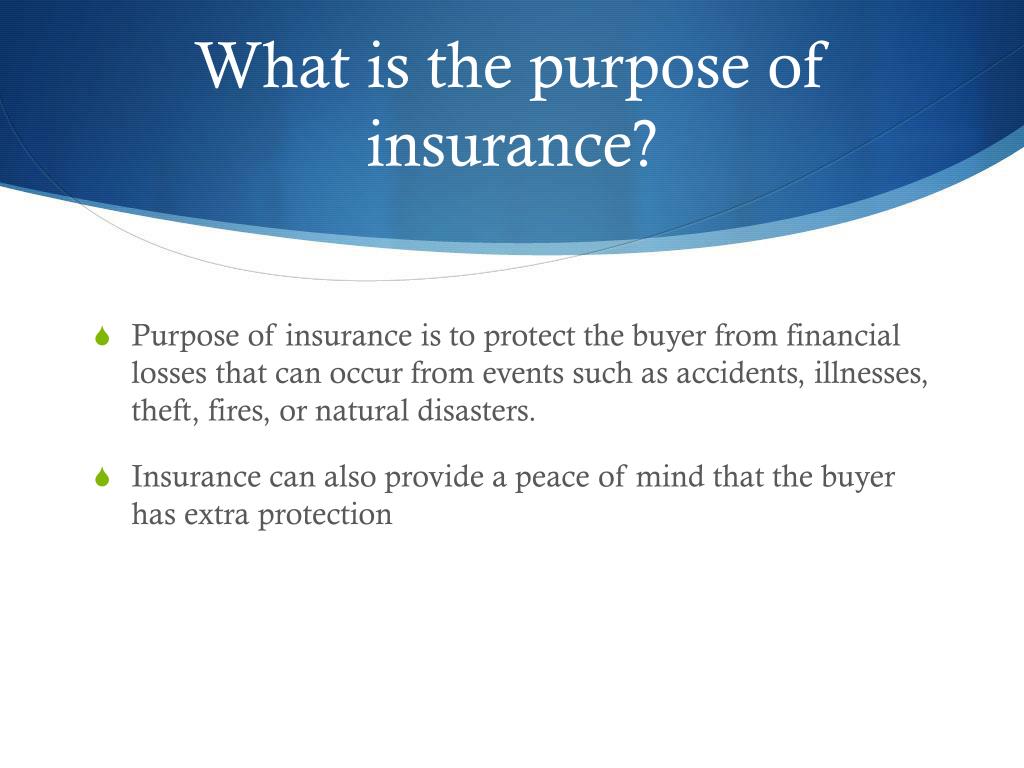A Biased View of Pacific Prime
A Biased View of Pacific Prime
Blog Article
Pacific Prime Fundamentals Explained
Table of ContentsExcitement About Pacific Prime6 Easy Facts About Pacific Prime ExplainedPacific Prime Fundamentals ExplainedThe smart Trick of Pacific Prime That Nobody is DiscussingTop Guidelines Of Pacific Prime

This is because the data were collected for a period of solid financial efficiency. Of the approximated 42 million people who were without insurance, all but about 420,000 (regarding 1 percent) were under 65 years old, the age at which most Americans become eligible for Medicare; 32 million were grownups in between ages 18 and 65, about 19 percent of all adults in this age group; and 10 million were youngsters under 18 years old, about 13.9 percent of all kids (Mills, 2000).
These quotes of the variety of individuals uninsured are produced from the yearly March Supplement to the Existing Population Survey (CPS), performed by the Demographics Bureau. Unless or else noted, national estimates of people without medical insurance and proportions of the population with different type of insurance coverage are based upon the CPS, one of the most widely used source of quotes of insurance protection and uninsurance prices.
The 9-Minute Rule for Pacific Prime

Still, the CPS is particularly helpful because it produces yearly price quotes fairly swiftly, reporting the previous year's insurance protection approximates each September, and since it is the basis for a consistent set of estimates for more than two decades, permitting analysis of trends in insurance coverage gradually. For these reasons, as well as the extensive usage of the CPS in other studies of insurance policy coverage that exist in this record, we rely on CPS price quotes, with constraints noted.

The price quote of the number of without insurance people increases when a population's insurance condition is tracked for several years. Over a three-year duration beginning early in 1993, 72 million people, 29 percent of the united state population, lacked protection for at least one month. Within a solitary year (1994 ), 53 million people experienced a minimum of a month without insurance coverage (Bennefield, 1998a)
Six out of every 10 uninsured grownups are themselves utilized. Although working does boost the probability that one and one's household members will have insurance policy, it is not an assurance. Even participants of families with 2 full-time breadwinner have practically a one-in-ten opportunity of being uninsured (9.1 percent without insurance rate) (Hoffman and Pohl, 2000).
The 7-Minute Rule for Pacific Prime
New immigrants represent a significant proportion of people without wellness insurance coverage. One evaluation has actually associated a substantial portion of the recent growth in the size of the united state without insurance populace to immigrants that arrived in the country between 1994 and 1998 (Camarota and Edwards, 2000). Recent immigrants (those who pertained to the USA within the previous 4 years) do have a high price of being uninsured (46 percent), but they and their children represent just 6 percent of those without insurance policy nationally (Holahan et al., 2001).
The connection between wellness insurance and access to care is well established, as documented later in this chapter. The partnership in between wellness insurance and health outcomes is neither straight nor basic, a considerable professional and health services study literature links health insurance coverage to better accessibility to care, far better top quality, and boosted individual and population wellness condition.
Degrees of analysis for checking out the impacts of uninsurance. It focuses specifically on those without any type of health insurance policy for any size of time.
Indicators on Pacific Prime You Need To Know
The issues dealt with by the underinsured remain in some aspects comparable to those faced by you could try here the without insurance, although they are usually much less serious. international health insurance. Uninsurance and underinsurance, however, involve distinctly different plan concerns, and the methods for addressing them may differ. Throughout this study and the 5 records to comply with, the primary focus is on individuals without wellness insurance coverage and therefore no assistance in paying for healthcare beyond what is available with charity and safety net organizations
Medical insurance is an effective factor influencing invoice of care due to the fact that both individuals and physicians react to the out-of-pocket cost of services - https://justpaste.it/f0gjl. Medical insurance, however, is neither necessary neither enough to get access to medical services. The independent and direct result of wellness insurance coverage on accessibility to health and wellness services is well established.
Others will acquire the health treatment they need even without medical insurance, by paying for it expense or seeking it from companies who use care complimentary or at highly subsidized prices. For still others, medical insurance alone does not ensure invoice of treatment since of various other nonfinancial barriers, such as a lack of healthcare service providers in their neighborhood, limited accessibility to transport, illiteracy, or etymological and social differences.
Examine This Report about Pacific Prime
Formal research about uninsured populations in the United States dates to the late 1920s and early 1930s when the Committee on the Expense of Medical Treatment generated a collection of records concerning funding physician office visits and hospital stays. This concern came to be significant as the varieties of clinically indigent climbed up throughout the Great Anxiety.
Report this page